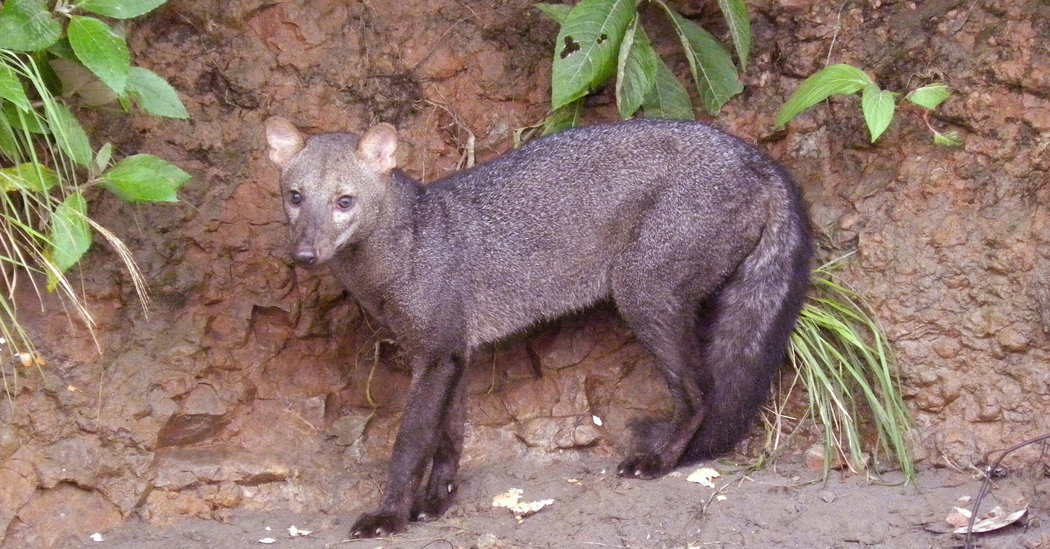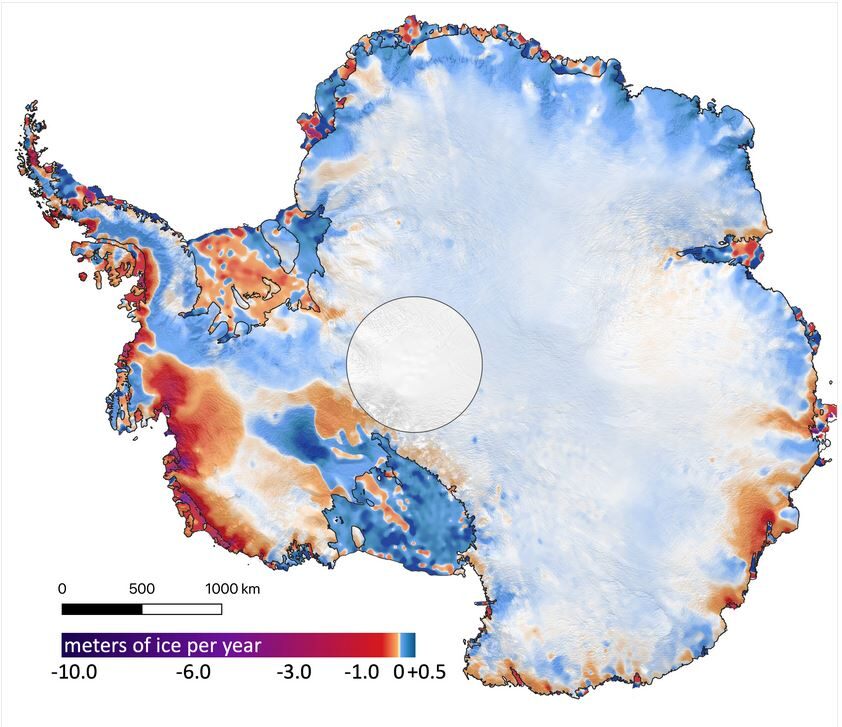Science Tips Tips Tricks Technology The Ghost Dogs of the Amazon Get a Bit Less Mysterious

Science Tips Tips Tricks Technology
Trilobites
Scientists have produced data that shows the range of an enigmatic short-eared canid species that has yet to be widely studied.
It is one of the Amazon rain forest’s most elusive and enigmatic mammals. Experts call the species “shy” or even “a ghost.”
It’s a dog.
Or at least a type of dog. The short-eared canid is the only member of the canine genus Atelocynus, and the only such species unique to the Amazon rainforest. In a study published last month in Royal Society Open Science, 50 researchers chipped away at the creature’s mysteries by putting together a large location data set gleaned mostly from camera trap cameos. By mapping the species’s range and determining its preferred habitat, the scientists, many of whom have never encountered the animal in person, hope to help protect it.
Daniel Rocha, a graduate student at the University of California, Davis, and the study’s lead author, became interested in the short-eared dog in 2015, when he began working in the southern part of the Amazon. He and his colleagues set up camera traps to study the local mammal community. As they looked through the footage, “these dogs would appear,” he said. With pricked ears and furrowed brows, they almost look surprised to be caught on camera.
It surprised him, too. Even locals who spend a lot of time in the Amazon don’t often see short-eared dogs, which were assumed to be quite rare. They also evade career researchers focused on this region: Mr. Rocha, who spent years leading this study, said, “I’ve never seen the dog in the jungle, ever.”
Carlos Peres, an ecology professor at the University of East Anglia who contributed to the study, has been working in the Amazon for nearly 40 years. His longest sighting of a short-eared dog lasted about 20 seconds as it chased a spiny rat into a hollow log.
“They’re incredibly secretive,” he said.
Video
Many canid species, from wolves to African wild dogs, hunt in packs and prefer more open habitats, like tundra or grasslands. Short-eared dogs, which only live in the Amazon, are mostly solitary and “almost certainly the most rainforest-adapted of all the canids,” said Dr. Peres. They are most comfortable trotting around in the trees, far from anywhere people might tread.
As a result, the species is “one of the least studied dogs worldwide,” Mr. Rocha said. We don’t know much about their life histories or reproductive strategies, or how many of them exist. We don’t even really know what they eat, although scat studies suggest that they like fish, small mammals and fruit.
Individual experts have gone to great lengths to change that. Renata Leite Pitman, a contributor to the study and the director of the Research Center for Atlantic Forest Conservation, once obtained a short-eared dog pup that had been raised with domestic dogs. She and her assistant, Emeterio Nuñonca Sencia, trained the dog to walk on a leash and took careful notes on what he sniffed at, ate and avoided. She has also managed to track several dogs with radio collars.
When Mr. Rocha started contacting his peers about the short-eared dog, he found that nearly “every researcher in the Amazon had a little bit of data” — a camera trap snapshot or two, usually “bycatch” from an unrelated project, he said.
By combining location data from the traps with the few in-person sightings, as well as information from specimens found in natural history collections, Mr. Rocha and his co-authors were able to estimate the short-eared dog’s range. They found a wider distribution than previous studies had — the dog has been seen in five countries, and seems to inhabit an area bordered on the west by the Andes, the north by the Amazon River and the south and east by the rain forest’s edge.
They also found that “a good part of its distribution is threatened by deforestation,” said Mr. Rocha. He and his colleagues predict that if logging, development and other pressures are not managed, the dog may lose 30 percent of its habitat by 2027.
Mr. Rocha said that studies like this one, where dozens of researchers collaborate on a question, are becoming more popular as experts seek to learn about the many creatures that call the Amazon home. If we are so in the dark about one of the most widely beloved animal types, “imagine how much we don’t know about less charismatic species,” some of which may be similarly threatened, he said. “If we don’t know what we’re losing, it’s really hard to care.”




